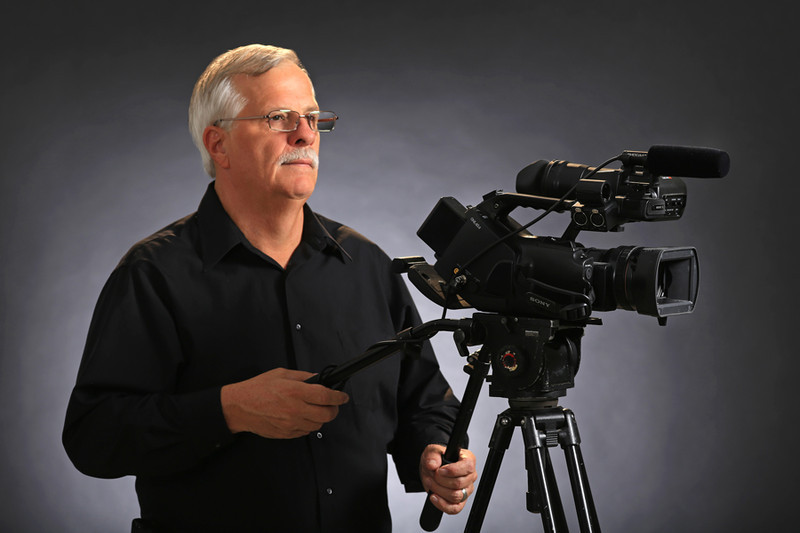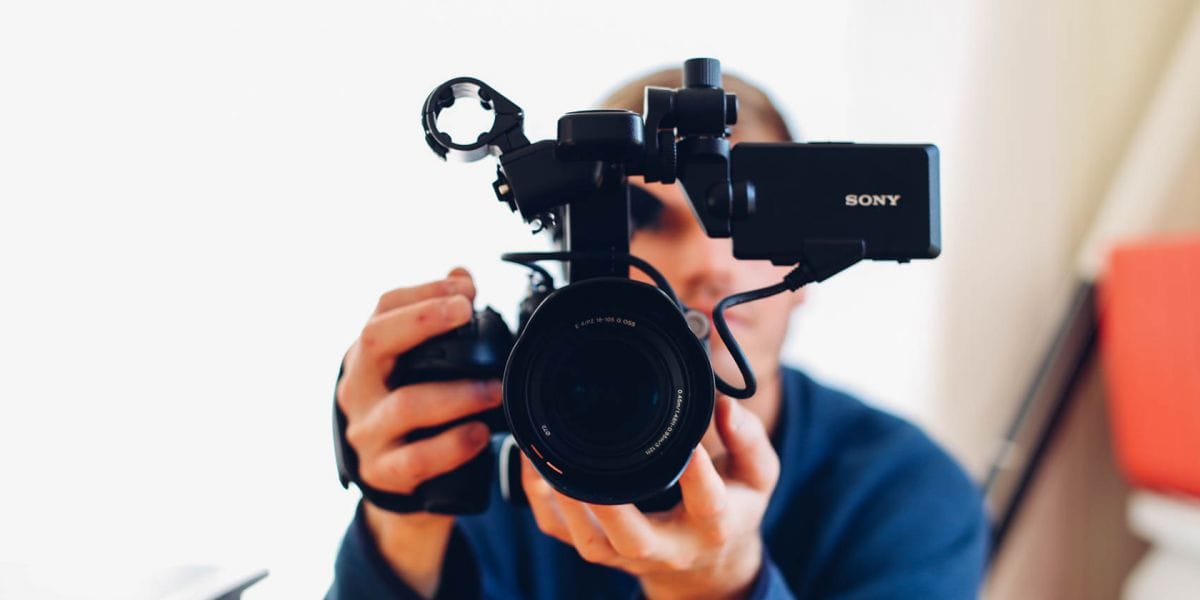How You Should Invest in Professional Legal Videography Solutions
How You Should Invest in Professional Legal Videography Solutions
Blog Article
Why Lawful Videography Is Important for Accurate Court Recordings
The role of lawful videography in courtroom setups can not be overemphasized, as it works as a necessary device for protecting the honesty of court records. By catching both verbal and non-verbal interaction, it boosts the clearness of witness testimonies and reflects the subtleties of courtroom interactions. This thorough paperwork not only help in reducing prospective misconceptions but also sustains appellate testimonials, therefore strengthening the judicial process. The effects of integrating lawful videography into standard court room practices elevate crucial questions concerning its wider impact on the legal system. What might these implications require?
Relevance of Visual Evidence
In the realm of lawful procedures, the value of visual evidence can not be overemphasized. Aesthetic evidence works as an effective device in developing facts, affirming statements, and improving the total clarity of a case. This sort of proof, that includes photographs, videos, and diagrams, can offer a substantial context that spoken summaries often lack, consequently using courts and courts a clearer understanding of the conditions bordering an instance.
Moreover, visual evidence aids in the retention of information. Human cognition is inherently visual, and people are more likely to keep in mind and comprehend information presented in a visual format. In the courtroom, this can be essential, as compelling aesthetic proof can guide viewpoints and strengthen the narrative presented by legal representatives.
Additionally, the use of visual evidence can decrease misconceptions and obscurities that usually emerge from spoken exchanges. By supplying a direct representation of occasions, visual proof aids to get rid of subjective interpretations and promotes an extra objective assessment of the realities. The combination of aesthetic proof into lawful process not only reinforces the stability of the judicial procedure yet also boosts the chance of attaining a simply outcome.
Recording Non-Verbal Hints
Making use of innovative videography techniques can considerably enhance the capture of non-verbal cues during legal proceedings. Non-verbal communication, consisting of faces, body movement, and eye contact, plays an essential duty in conveying feelings and objectives that may not be explicitly stated in verbal testament. legal videography. Lawful videography utilizes high-definition video cameras and calculated angles to ensure that these subtle signs are tape-recorded with clearness and accuracy
The ability to evaluate non-verbal actions can provide useful context to declarations made during court sessions. For example, a witness's hesitation or confidence can be interpreted via their posture or motions, potentially affecting the jury's understanding of reliability. The usage of close-up shots can help focus on a speaker's expressions, allowing for a more nuanced understanding of the testimony.
Additionally, incorporating several electronic camera angles can create a comprehensive view of interactions, highlighting dynamics in between events entailed. This complex strategy not only enhances the accuracy of the court record but also help in preserving the integrity of the judicial process - legal videography. Inevitably, recording non-verbal cues through legal videography cultivates a richer, more full depiction of court procedures

Enhancing Testament Dependability
The dependability of testimony can be dramatically strengthened with the use of high-grade legal videography. Video clip recordings work as an unbiased tool that catches not just the spoken words of witnesses yet likewise the subtleties of their shipment, consisting of tone, pacing, and emotional expressiveness. This complex paperwork offers a clearer understanding of the witness's credibility and objectives, which can be critical in lawful proceedings.
In addition, legal videography lessens the potential for misconceptions that might arise from composed transcripts alone. When jurors can observe a witness's demeanor and body movement in combination with their testimony, they are better outfitted to evaluate the credibility and integrity of the evidence presented. This visual context can enhance the testimonial narrative, making it a lot more engaging and reliable.
In addition, the visibility of a video recording can deter prospective incongruities in testimony. Witnesses may be much more mindful in their declarations when they know they are being tape-recorded, bring about more accurate and honest accounts. Generally, high-quality legal videography enhances the integrity of statement, making sure that the court has accessibility to a full and truthful representation of the facts as conveyed by the witnesses.
Supporting Appeals and Reviews
Legal videography plays an important function in sustaining charms and evaluations by supplying a detailed aesthetic document of court procedures. This visual paperwork catches not only the spoken words of witnesses and attorneys yet additionally the subtleties of body movement, intonation, and court dynamics. Such aspects can be critical in understanding the context of testimonies and arguments offered.
In the appellate procedure, where the emphasis is on errors of law and procedural justness, a video clip record can function as an important tool for appellate courts. It makes it possible for courts to examine the original trial context, ensuring that choices are based upon a complete understanding of the proceedings. The capacity to aesthetically evaluate the disposition of witnesses or the interactions in between events can expose insights that created records might overlook.

In addition, legal videography can aid in clearing up uncertainties in testimonies or step-by-step rulings, therefore strengthening the basis for an allure. By providing a dependable, unbiased account of what transpired in court, lawful videography not only supports the integrity of the legal procedure but additionally empowers all celebrations involved to make educated choices regarding their situations.
Streamlining Court Procedures
Enhancing court room performance, legal videography improves procedures by giving immediate access to visual records of proceedings. This innovation enables judges, attorneys, her response and juries to review important testament and proof, ensuring that all parties have a clear understanding of the case. By capturing the nuances of verbal and non-verbal communication, videography enhances the record, making it hop over to these guys much easier to comprehend the context and weight of testaments.

Furthermore, video recordings can promote remote involvement in hearings, permitting higher flexibility in organizing and participation, which is specifically useful in complex situations involving numerous stakeholders.
Conclusion
Finally, legal videography plays a vital duty in guaranteeing exact court recordings by offering essential aesthetic proof that catches both spoken and non-verbal communication. This method enhances the dependability of testaments, sustains appellate testimonials, and improves court room processes. By promoting a comprehensive understanding of court characteristics, legal videography eventually adds to more fair judicial outcomes, reinforcing the integrity of the legal system and facilitating check that notified decision-making.
Report this page